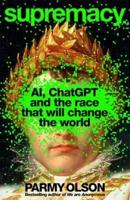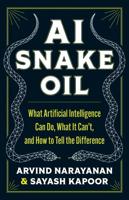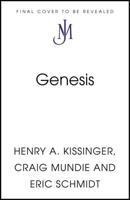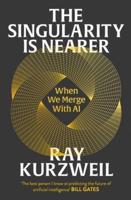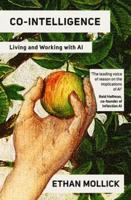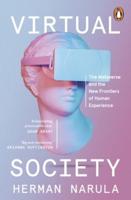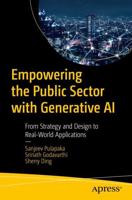Publisher's Synopsis
In Block 3 you will study how data can be transformed into information through interaction between humans and computers. This pack contains Units 11-16 and a CD-ROM.Unit 11: Computing in the wildThis unit introduces the idea that no matter how quick, sophisticated and well programmed computers are (or will become), there will always be unpredictable, complex systems whose behaviour can never be made completely predictable or controllable through the use of computers. You will see how human beings can extend their reach over space, time, perception and action using computers, explore how computers can act as agents for human beings, and investigate how data is transformed into information through interactions involving humans and computers.Unit 12: Interacting with informationThe central theme of this unit is the importance of human-computer interface design. It shows how to design the interaction between the user and a computer system and how a small number of principles can guide this process and how the visual presentation of data can help the user to gain an insight into its information content.Unit 13: Sensational computingIn this unit you will explore some ways of interacting with computers that are, in a sense, more 'natural' than using keyboard, mouse and monitor. In particular, you will look at speech recognition and synthesis, non-speech audio, and music and investigate some of the 'hands-on' approaches to human-computer interaction that have been made possible through handwriting and gesture recognition, and through tactile and tangible computing.Unit 14: Hiding data: an introduction to securityThis unit concentrates on the technical means that are used to protect data and information, the main one being cryptography: the science of changing data via transformations that make them unreadable (but recoverable in the right hands). The unit concentrates on how both the individual user and large industrial concerns can protect their data.Unit 15: Too many secrets?This unit draws on a range of real-life examples to show how electronic technologies affect society. This is looked at from two points of view: 1. How they affect privacy 2. How they affect ownership of information and intellectual property rights.Unit 16: Realistic expectationsIn this final unit, you will study a wide range of topics, chosen to encompass the progress, to date, of the information revolution. Beginning by describing the increasingly rapid changes that technology introduces and considering our ability to cope with those changes, it goes on to present examples of a wide range of the reactions people have to the introduction of new technology and ends by considering how what you have studied helps us to face a future that promises the prospect of even more change.Course CD-ROM The CD-ROM contains activities and exercises associated with Block 3. It also contains links to the websites referenced in the units.Computer Specification:Pentium 700MHz processor, 64 MB memory (RAM), Windows 98 SE, 32x CD-ROM drive. All computers have certain common items, which should be compatible with the general standard of the computer, they include: Colour monitor capable of displaying 800x600 resolution and "High Color" with appropriate video card to support this, hard disc drive with at least 20GB, pointing device (mouse, trackball, pen/pad, voice-activated), keyboard, 56kbps (V90 or V92) or broadband modem, sound card or onboard sound, microphone (some courses only) & speakers/headphones.Network Licences:Multi-user licences are not available for our CD-ROMs. However, multiple copies of the same CD-ROM may be bought at a discounted price. Please contact OUW Ltd for details.

